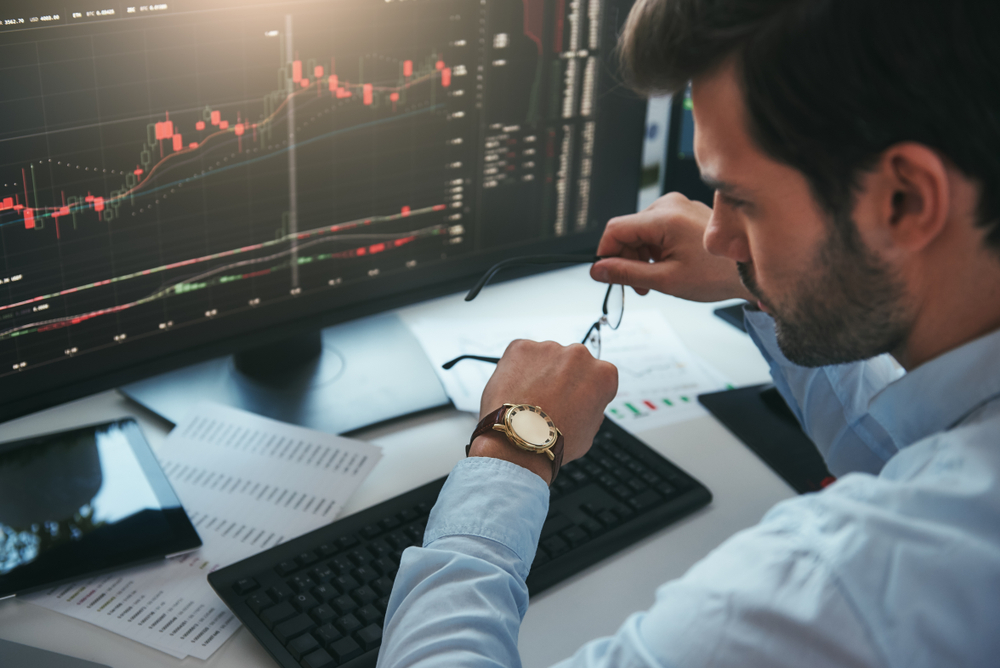Many trading mentors are fond of reciting the mantra of the three Ms of trading; Mind, Method and Money-Management. Experienced mentors will offer up opinions as to how you should rank these critical success factors. Some will suggest all three rank equally, others will suggest that without an edge and strategy the other two factors are rendered subordinate. Other individual mentors might suggest that money-management and risk will underpin all your trading decisions and outcomes, therefore, it always ranks highest. What is an absolute certainty and truth in FX trading is that if you don’t understand the concept of money-management and how to apply various risk parameters to all of your trading decisions then you will fail.

Trading is not gambling, if you treat it as such you’ll quickly burn through your funds and be ruined. You don’t take punts, you don’t trades on hunches, you don’t bet all your funds or a significant percentage on a single outcome. You should manage your funds, particularly at the outset of your career, as if your trading-life depends on it. You should aim to ensure that the first deposit you place in your account lasts a considerable amount of time before you need to redeposit. In fact, if your trading goes perfectly to plan your first deposit should be the only one were and when you cash is under threat. Any further deposits you make should be to to increase your margin options, you shouldn’t be topping up your account to continue trading after your first funds have evaporated because you’ve made many early-learning mistakes.
It’s worth discussing some ideas to help you improve your money-management techniques. For example understanding leverage, avoiding over-trading, trade limiting, limit drawdowns and ultimately improving your win:loss percentage.
Leverage
Leverage has been a hot topic over recent years in Europe since ESMA applied new rules drastically reducing the amount of leverage retail traders can use. Leverage is intrinsically linked to the margin levels you’ll need to trade, which relates to the size of your account. You can no longer trade using excessive leverage, in the reckless manner many novice traders were able to, as of now you will have to trade within the new parameters. The maximum leverage you’ll be able to apply for many securities is 30:1 where previously it could be as high as 2000:1. Understanding the impact leverage has on your trading outcomes is essential, you need to do your homework on this issue, in order to ensure your trading strategy can work under the new guidelines.
Over-trading, limiting your trades and setting a drawdown level
If you want to lose less frequently then trade less. Limit the amount of trades you’ll take during any trading session, place limits on the amount of losing trades you’ll take per day before you’ll shut down your computer and platform and place a limit on your drawdown before you consider adjusting your method and strategy. Whatever strategy you employ it will only work under certain trading conditions, there has never been a one size fits all trading-strategy. On the days or during the sessions when it’s obvious that your strategy is not compatible and you’re incurring losses outside of your limits, then you need to stop trading and wait for the next compatible session.


